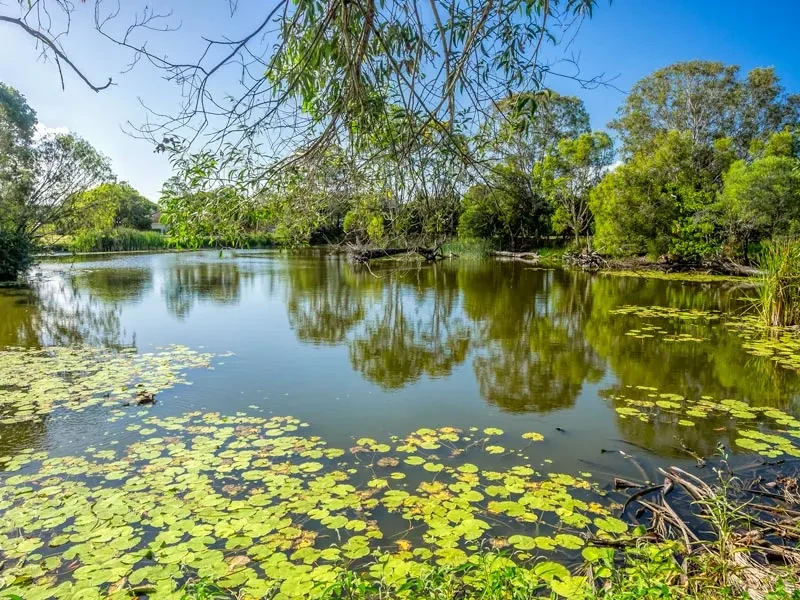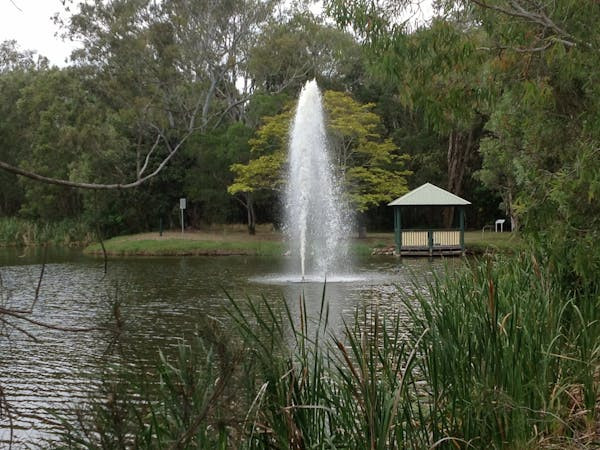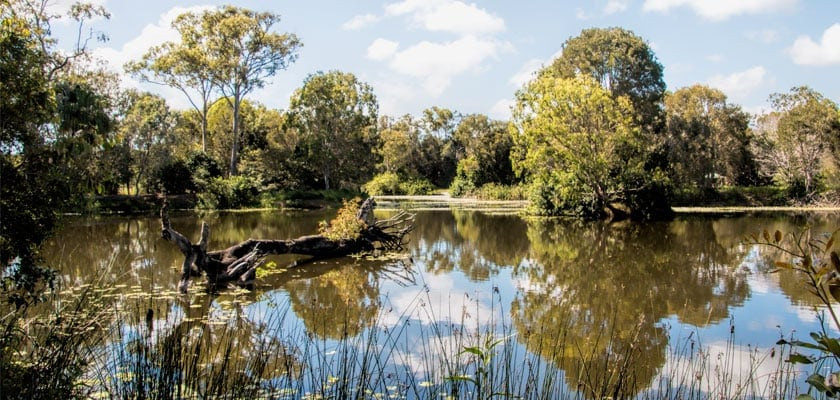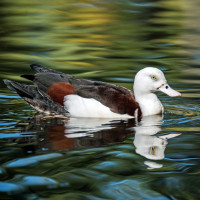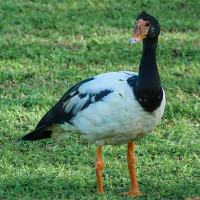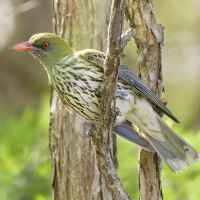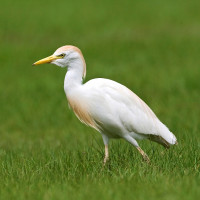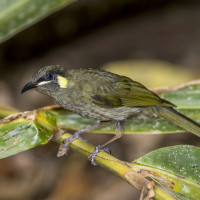Opis
The name Arkarra, meaning “Place of many ducks”, was given to the lagoons by Butchulla Aboriginal elder, Aunty Olga Miller. Arkarra is one of the Fraser Coast’s most beautiful freshwater wetland reserves and provides both permanent and seasonal habitat for diverse wildlife. The wetlands are popular with birdwatchers and almost 200 different bird species have been recorded here. In our rapidly expanding region, reserves like this provide critical resources and safe havens for our native animals.
In the 1880s it was identified as a ‘swamp’. This area was used for farming pineapples and sugar, however in the 1960’s it was mined for sand for drainage and plumbing works undertaken in Hervey Bay. Due to the high water table of Dundowran, the large holes which resulted from the mining activity filled with water, forming lagoons and small islands. To prevent the lagoon from draining completely during dry periods, levees were added.
The property was purchased in 2006 by Hervey Bay City Council, to protect its significant environmental values and provide a beautiful space for the community to enjoy. Wandering the peaceful walking trails takes you around the lagoons and through a Melaleuca Forest and swamp. The vegetation varies from aquatic plants to a mix of remnant old growth trees, natural regeneration and plantings.
Szczegóły
Dostęp
The Arkarra Lagoons Environmental Reserve is located at 28-32 Panorama Drive, Dundowran. Access to the walking track is via the main entrance to the lagoons, which is situated adjacent the Arkarra Gardens Cafe carpark. Press P on the map for directions.
Teren i siedlisko
Jezioro , Staw , LasWarunki
PłaskiTrasa dookoła
TakCzy luneta będzie przydatna ?
Może być przydatnaUdany sezon obserwacyjny
Przez cały rokTrasa
Wąski szlak , Droga nieutwardzonaPoziom trudności szlaku pieszego
ŁatwyDostępne
PieszoCzatownia/platforma obserwacyjna
NieDodatkowe informacje
There are lots of fruit bats roosting so there is an unpleasant smell.
